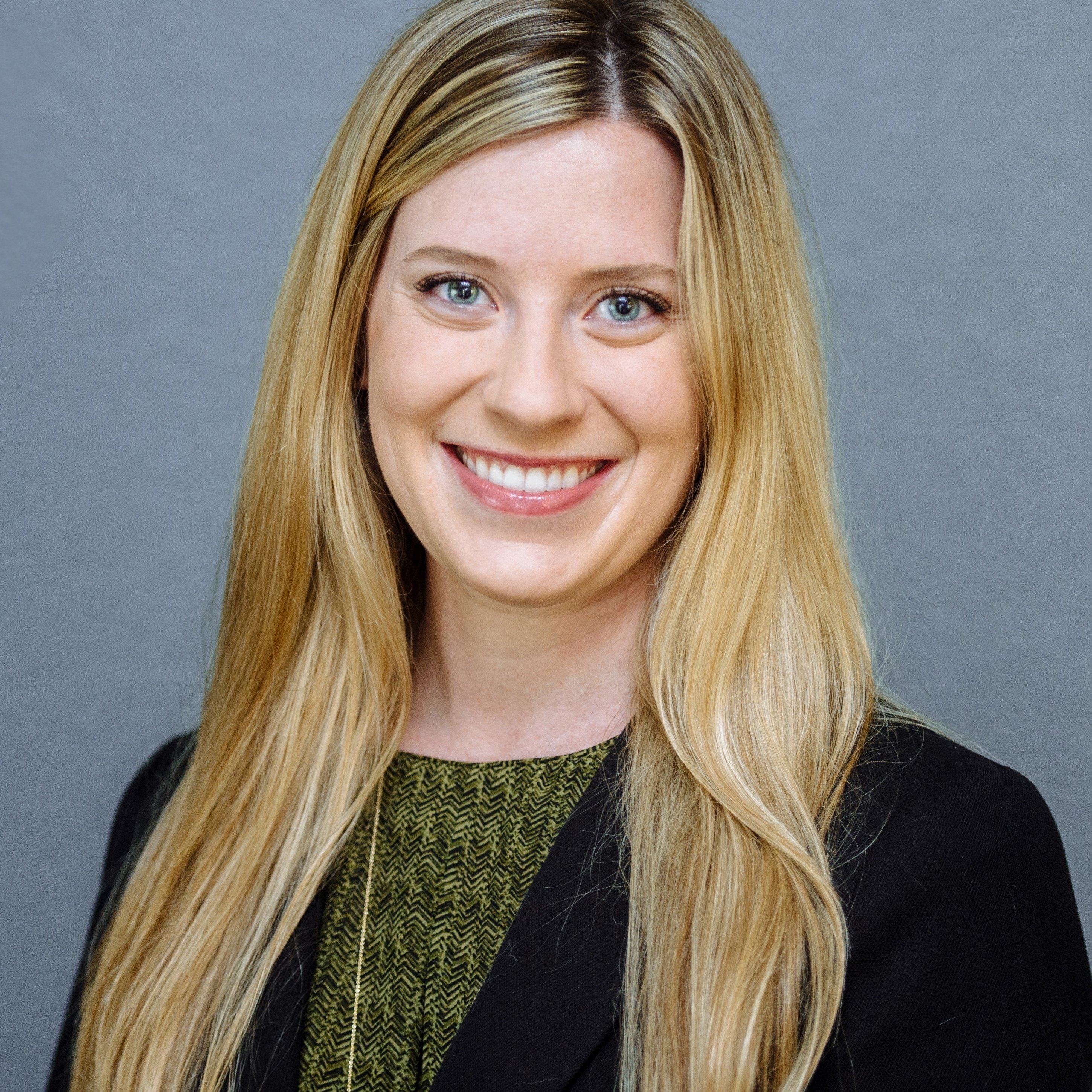Remember the professors you had in college? Most of them were probably headed towards (if not already on) the tenure track. That’s not the case anymore; education has changed. More and more universities are hiring less tenure track employees and opting for part-time professors. Higher education is going through a transformative shift and so too, is the way universities and colleges are hiring. Colleges can have problems retaining top educators, which has resulted in the latest Bureau of Labor Statistics’ findings. Let’s dissect some industry-specific trends in hiring for educational professionals.
Seasonal Changes
Unlike many other industries, education undergoes seasonal employment cycles. This makes it difficult to track employment trends and subsequently, hiring trends. Universities go through two hiring cycles, one after the spring semester - which makes sense considering that’s the end of the school year. The other hiring cycle is between fall and spring, which declines a considerable 20% in payrolled employment. However, because these rounds happen cyclically around the same time every year, that makes the task of analyzing where anticipated gaps will be to hire and train accordingly.
Hiring for universities on such a regular basis can make for some jostled hiring practices and can make it difficult to accurately assess what your team needs to improve every semester. Using a system that can easily align your talent, hiring, and retention goals makes the entire process run effortlessly for you.
Tenure vs Adjunct
Then comes the question of why universities tend towards adjunct professors versus hiring tenure track faculty. An overwhelming 70% of all faculty members, and 3 out of 4 new faculty hires nationally are not on track for tenure. Adrianna Kezar and Sean Gehrke (@SeanGehrke), professor of higher education and researcher for higher education respectively, said:
“When we do not carefully consider hiring processes, we do not realize that they may be problematic -- may even threaten the mission and goals of the institution. Moreover, the lack of consideration leads to a lack of accountability. Who is, or should be, accountable for composing a robust faculty that is supported in its work and can meet the needs of the institution?”
One of the primary drivers in recent years for the inflation of non-tenured tracked teachers is largely due to the surges in university enrollment. Second to that is the result of the recent recession. In response to that economic change, many university deans and administrators hired more part-time professors as a safety precaution rather than promise tenure when they couldn’t guarantee a permanent seat.
The Prospects
Teaching appointments typically decline in the later months of the year, so the number of available jobs changes throughout the year. In the first quarter last year, higher education only made up 1.32% of jobs - that hasn’t changed more than about 0.4% in the last 5 years. Some of the most in-demand positions for education include:
- Preschool teachers, except special education
- Teaching assistants
- Secondary school teachers, except special and career education
- Vocational teachers, postsecondary
- Elementary school teachers, except special education
- Tutors
- Health specialty teachers, postsecondary
- Middle school teachers, except special and career education
- Self-enrichment teachers
Out of the recent recession, there’s a high demand for elementary, middle and high school teachers across the board. Universities on the other hand are still reliant upon non-tenure track professors instead of their incumbent counterparts. The yearly changes for teaching professionals follows with other economic tides; but unlike other professions, education undergoes a bi-yearly hiring cycle because of the enrollment cycles. With the increase in part-time and non-tenure track higher education professors, it can be hard for universities to maintain a healthy employee base.
.png)


